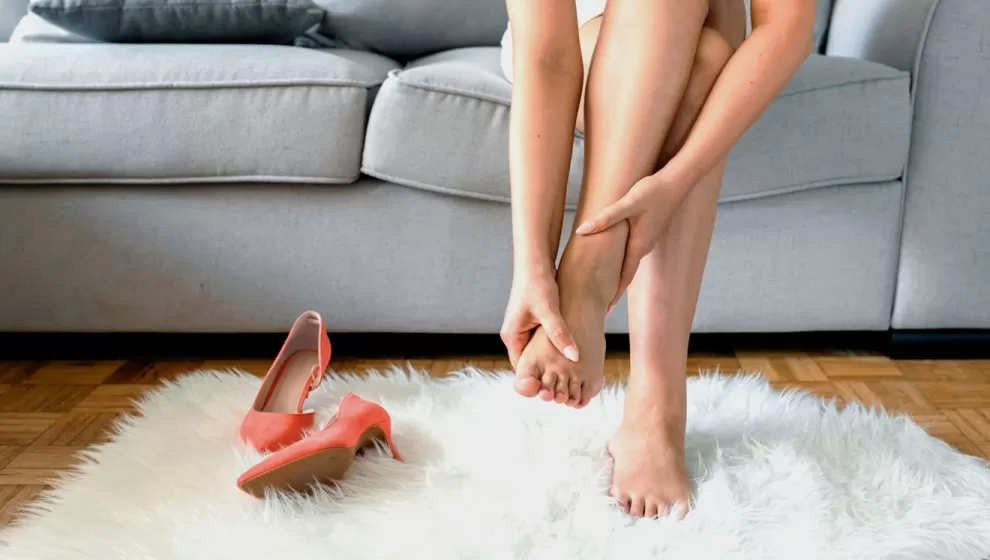
“I had bunion surgery to shave down a bunion a few years ago, but it looks like it’s coming back. Is that possible, and how do I keep it from happening again?”
It’s not uncommon for bunions to come back, even if you’ve had a bunionectomy. In fact, they’re more likely to recur if your bunion surgery was simply to shave down the bone, as opposed to a modern procedure like the Bunionplasty® procedure, or even older approaches like the Lapidus bunionectomy and other methods of realigning the bones of the foot.
The answer is simple: because bunion surgery isn’t just about getting rid of the bump. Many people believe a bunion is simply an overgrowth of bone, but it’s more than that.
A bunion forms because the big toe joint has shifted, and a bone called the metatarsal has slowly moved out of place and started pushing out against the skin. That’s what causes the bump. Shaving doesn’t fix the position of the bones, so the poor alignment (or “malalignment”) grows worse over time. That allows the metatarsal bone to start pushing against the skin again, making the bump reappear.
In order to properly correct a bunion, the surgeon needs to reposition the poorly aligned bones. While the Lapidus bunionectomy, or lapidus arthrodesis, was once considered the standard of care, Dr. Blitz now treats recurring bunions with the Bunionplasty® procedure, fixing the root of the problem in the underlying bone and returning it to its proper position.
The Lapidus bunionectomy was once considered a “first line of defense” bunion surgery, in part because it had a lower rate of recurrence than other methods at the time. But the good news is that when bunions do recur after a Lapidus procedure, they can still be corrected successfully with the Bunionplasty® procedure.
To help prevent recurrence of a bunion after bunion surgery, Dr. Blitz and his staff develop a treatment plan for each patient and their foot or feet.
Updated May 30, 2024